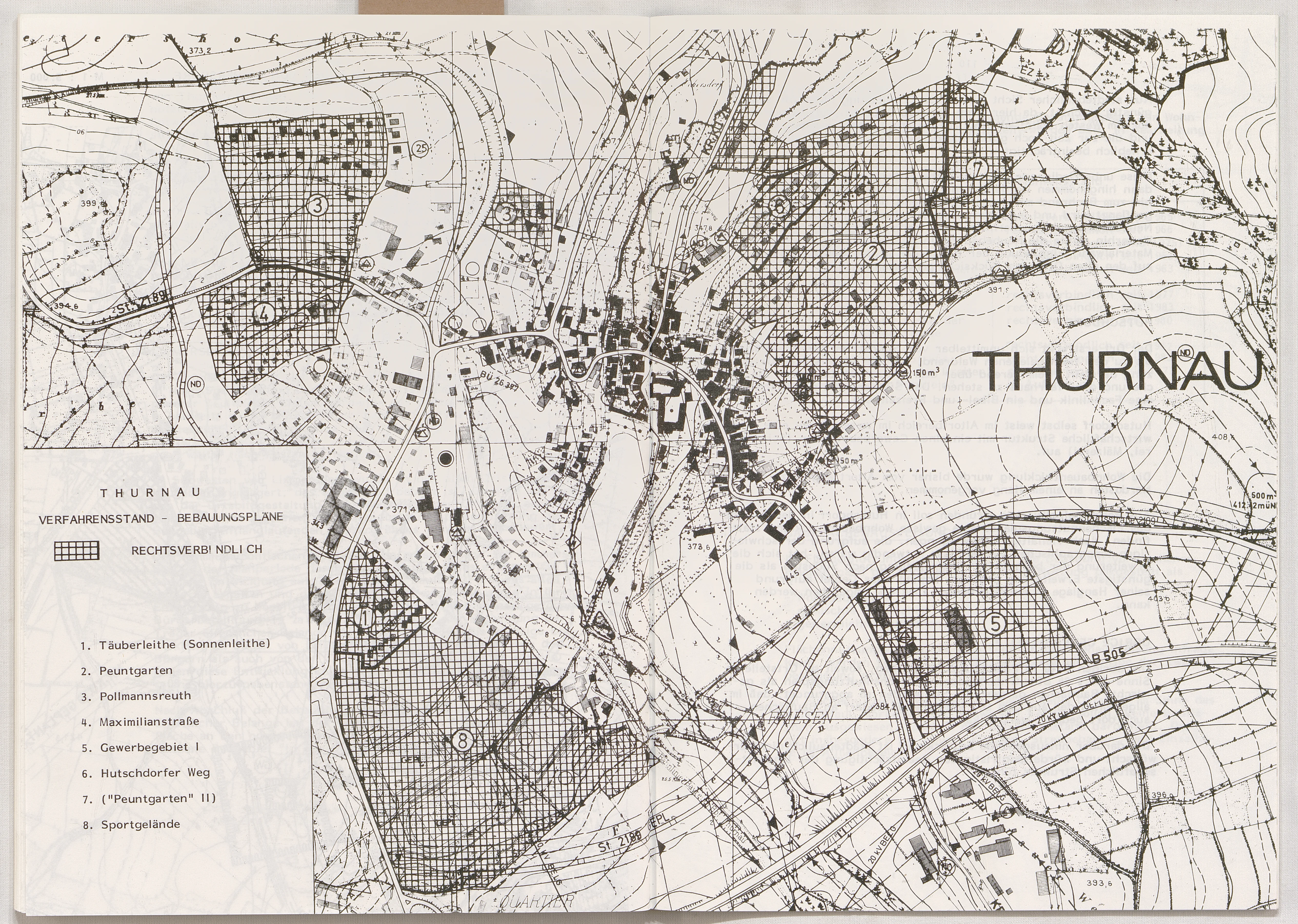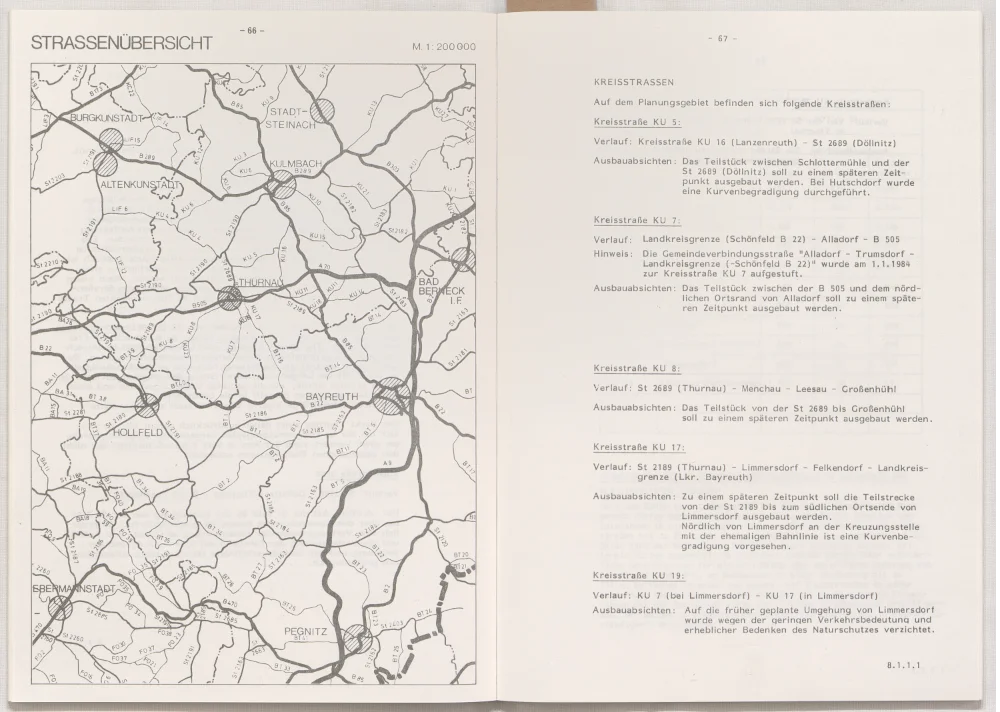Zone-Boundary-Territory
New beginnings after 1945: Development of shoe and textile manufacturing
The foundation of a shoe factory, an upholstery factory as well as a furniture factory succeeded in integrating the new Thurnau population as well as the surrounding areas, which was the foundation stone for economic reconstruction. Freely following the motto "The idea was to produce something that everyone could use at that time", as the founders of the shoe factory Elisabeth Becker and Lieselotte Küper put it, new branches of the economy were established in Thurnau at that time, which gave the Thurnau population hope for the future.

Borderland Financing and Reunification
Thurnau was just located in the eastern border area, which is why the village benefited for a long time from the funds provided within the framework of the Bavarian Borderland Program. The reunification represents a decisive break here, since the funds stopped within a short time and the municipalities at the former German-German border had to find financial means elsewhere.

References
Literature:
Es geht wieder aufwärts. Ersch. in: Markt Thurnau (Hrsg.): Thurnau 1239-1989. Bayreuth, 1989. S.71-82.
Sources:
Karte von 1962 zum “Gemeindlichen Entwicklungsplan“ aus dem Bayerischen Hauptstaatsarchiv (Signatur: BayHStA, MWi 21696)
Karte des Straßennetzes von 1962 aus dem Staatsarchiv Bamberg (Signatur: StaBa, Regierung von Oberfranken (Rep. K3/2014) Nr. 480)
Karte von 1962 zum „Bebauungsplan Industrie“ aus dem Staatsarchiv Bamberg (Signatur: StaBa, Regierung von Oberfranken (Rep. K3/2014) Nr. 480)
Artikel zu Zonenrandförderung aus den Nürnberger Nachrichten vom 01.10.1991.
Authors: Robin Jacob, Karla Pfitzinger
